
I denne artikkelen kommenterer kunstneren Fahrad Kalantary sammensetningen av kunstutvalget i forbindelse med de to minnestedene etter 22. juli. Komitéen ble offentliggjort den 19. november og består av Jørn Mortensen, Per Gunnar Eeg-Tverbakk, Bente Erichsen, Mari West, John Hestnes, Magne Magler Wiggen og May Balkøy.
I følge Kalantary er bildet av de sju medlemmene av komitéen et uttrykk for den samme hvithetsideologien som terroristen Anders Behring Breivik står for. «Jeg hører kun ett ord i dette bildet og det er hvit, hvit, hvit, hvit», skriver Kalantary. Han skriver også at dette kunne unnskyldes om det var en liten og ubetydelig organisasjon som sto bak. «Men KORO er den viktigste nasjonale institusjonen som er ansvarlig for kunst i offentlige rom i dette landet», skriver han.
«Han har vunnet. Renheten har seiret». ABB må være svært fornøyd nå, skriver Kalantary.
Han avslutter med å rette kritikk mot medlemmene av komitéen som har sagt ja til å delta og som dermed, i følge Kalantary, blir medansvarlige for KOROs rasisme. Kalantary hevder at komitéens medlemmer har lagt til side sin tro, stolthet, idealisme og personlige integritet i profesjonalismens navn.
Kunstkritikk gjengir artikkelen på originalspråket.
A MEMORIAL FOR THE VICTIMS OF JULY 22 OR A MONUMENT TO THE KILLER?
We look at the camera, the photographer clicks the button and the moment is frozen in time.
The moment is frozen in time, but the picture goes on to interact with other durations, carrying layers of meaning that contain intended as well as unintended information. Sometimes, a composition exposes unwanted facts and expresses concealed tendencies.
It is always the viewer who reads the picture, and extracts the meaning. They say a picture can speak a thousand words, but sometimes a thousand words are just too many. When I look at this picture there is only one word that I can see, and one word I can hear. It is so loud that there is no space for the presence of the other – thousands – of words. White: radiating out of the picture. White, white, white, white. White, to be repeated a thousand times.
Why do I find this photograph so utterly insane? I look at the mixture of people in the picture, and the composition of its members, and immediately I realize that KORO (Kunst i offentlige rom) has composed a purely white committee to honor the victims of a white supremacist murderer. At first I whisper: «He has won. Purity has overcome». ABB must be so content now.
«Long Live Purity!» This photograph has a strong statement to make.
But the truth of the matter is that after July 22 purity is no longer possible, even as a myth. Our bloods mixed on that island.
KORO has included diverse shades of white in this committee, and got rid of the bad shades. Now it is just «us». A cozy group: friendly, agreeable, understanding, practical, professional, with a good sense of humor and know-how. They are of course productive. Experts from all different fields are brought together to build this picture, which is now worth around NOK 27 mil. We have all kinds of people here. We have big ones and small ones, short ones and tall ones, skinny ones and pretty ones, smiley ones and shy ones, blond ones and even brunettes. Not just men but even women are represented. Isn’t this diverse enough? What more do you want?
Colored members and foreigners?! Oh no. Certainly not, there is no space for those people here. They may have a degree, but they do not agree. There is only trouble to be made.
These are the words of KORO, spoken through this photograph.
As artists and cultural actors we need to be conscious of KORO and its business. If this was the work of a small organization I could have said: never mind. An excusable oversight. But KORO is the main national organization in charge of public art in the country.
Something is missing in this publication of KORO. It is that particular issue at the centre of the massacre of July 22. The very thing that angered and prompted the mass murderer. The thing he wanted to eliminate through his bloodshed: cultural and ethnic diversity.
Why is it that KORO and its committee do not reflect the cultural diversity that went under attack that dark day? Is this just a simple mistake?
In the aftermath of July 22 it should be considered a crime to act against ethnic, cultural and religious diversity. Who is going to demand the presence of the other? Who is going to insist on the voice of the minority? Where is it? Is the minority only useful as a victim?
I want to state clearly that a committee with such a purely white composition, devoid of the presence of otherness – the otherness that was at the heart of July 22 – is, alone, a monument to the man who killed so many of our children.
Today, on a very local level, we have someone with the background of Hadia Tajik as the culture minister of the country. On a larger scale we have Barak Obama as the president of the US. Such facts provide more than enough evidence that times have changed. It is not just possible, but necessary, for institutions to go beyond normalized white supremacist outlooks and expectations. Times have changed, but some people and some organizations have not. Who, or what, is going to change them?
Majority is always blind to its own color. It can only see the color of others. However, large groups of people within the majority do express concerns and ideas that are critical of the majority, and are questioning its power. They have a different understanding of the way the world has become today. In the light of their beliefs they would not hesitate to betray the majority. Such were the people attacked by ABB, alongside the ideas and agents of cultural diversity.
Why is it that, unlike those that were attacked, the members of this committee have given in to such an outstanding example of uniformity? In their act of joining this committee don’t they become accomplices to the dominantly white supremacist tendencies of KORO?
Within the «innocence of this photograph», a public institution puts on display and wildly expresses its own position within a discourse of white supremacy against cultural diversity. Those who put such committees together understand ABB in a very different manner than how you and I do. In these instances they go beyond promoting his ideas towards acting as followers.
Why is it that so often, when we see a committee organizing art projects or events in connection with July 22, we find we are surrounded by people of the white majority? Is it because they continue to affiliate with ABB as a sweet, maligned white boy? Do they consider whiteness as the real victim here? («The worst thing is that he is one of us»?)
How do we consider all the non-white victims of July 22? It seems that even here, at the gates of death, the non-white groups and minorities are rendered invisible. Suddenly I hear the distant voice of Walter Benjamin: If the enemy wins they won’t even show mercy to our dead ones.
Majority is equipped with a larger than life weapon and it is constantly using it: it overlooks, it pretends it does not see, it plays absent minded. Those who speak from the voice of the majority are keeping silent, even here at this junction of death.
Cases like this should remind us that it is still important to keep a critical eye on our socially produced privileges and positions. How was it that so many intelligent, respected people all over the world joined the flood of Nazi power? Intelligence is not enough. One must learn to say no.
Professionals who say YES to every opportunity that comes their way often argue that they can’t afford to say NO. They will afford to become instruments of a racist vision but they can’t afford to say no. They often think of themselves as only professionals, forgetting that professionalism is itself ideological. Often such cases are not questions of awareness or intelligence but an involvement in a game of power where the thirst for the prize is insatiable. And to that end they will suck on any bone the institutions throws them.
In the world of such professionalism the idea of belief, pride, commitment to an idea, and personal integrity are long buried issues. No one says no. We always kiss the hand that feeds.
Farhad Kalantary
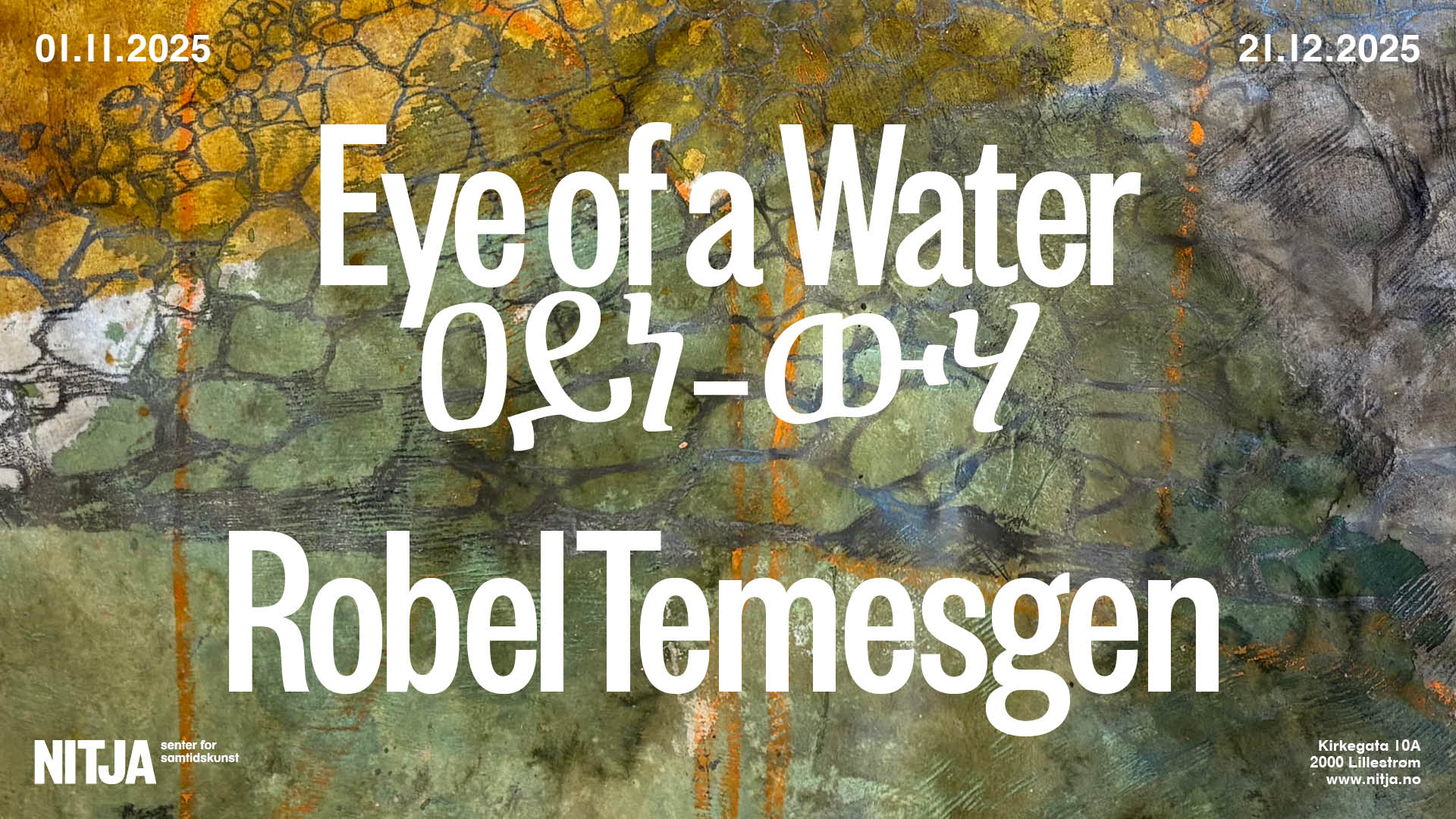
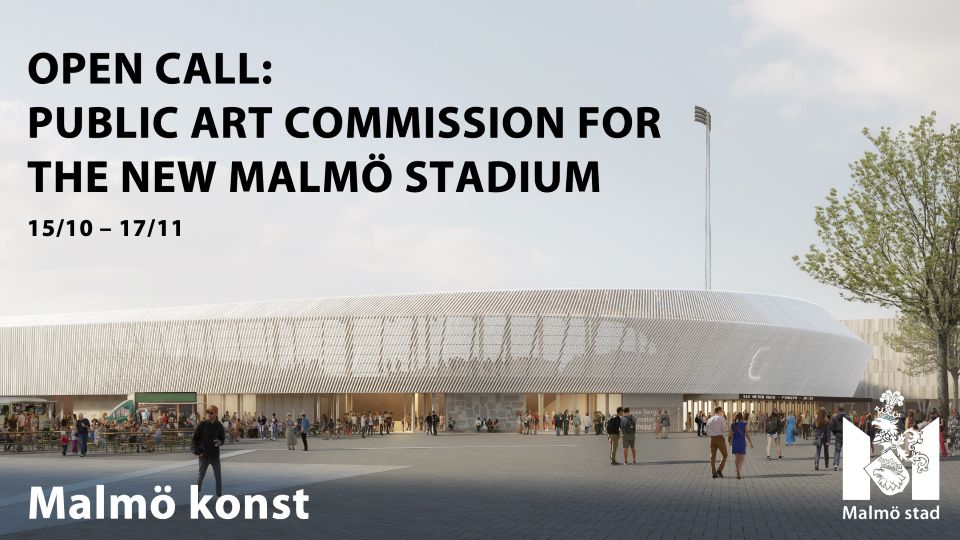
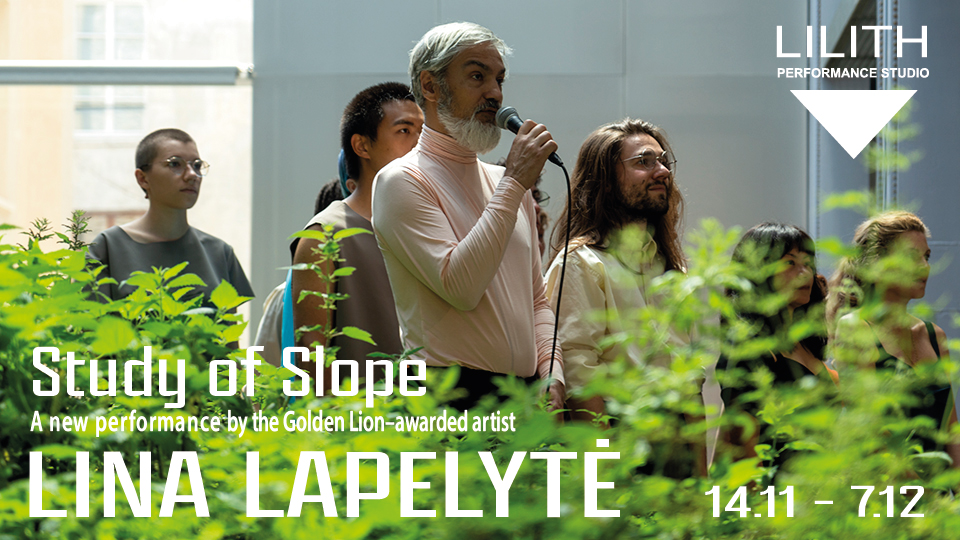
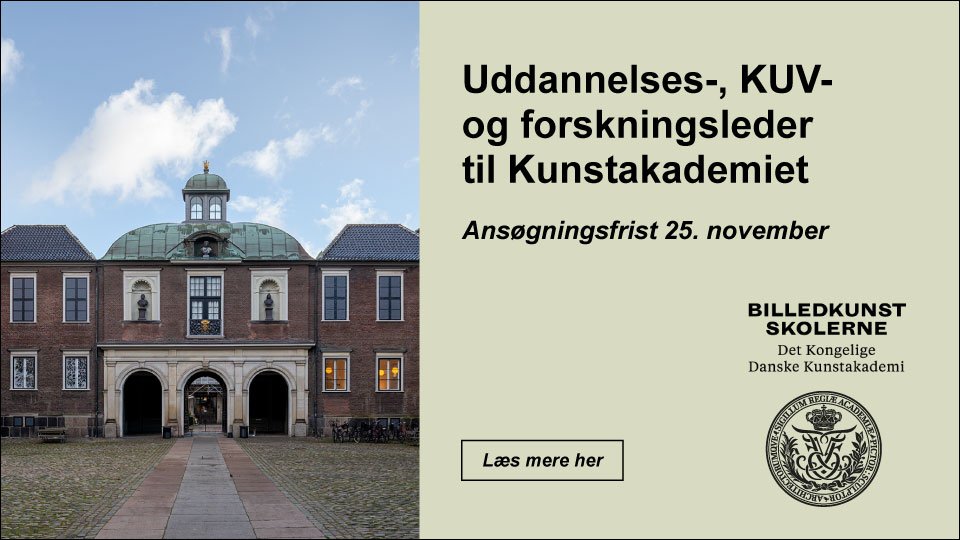
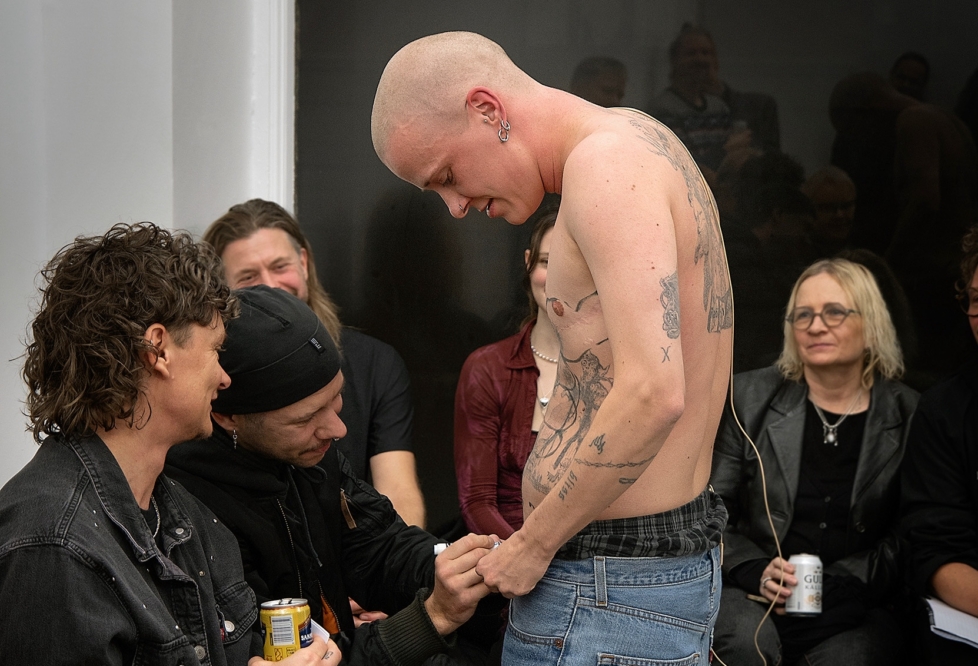
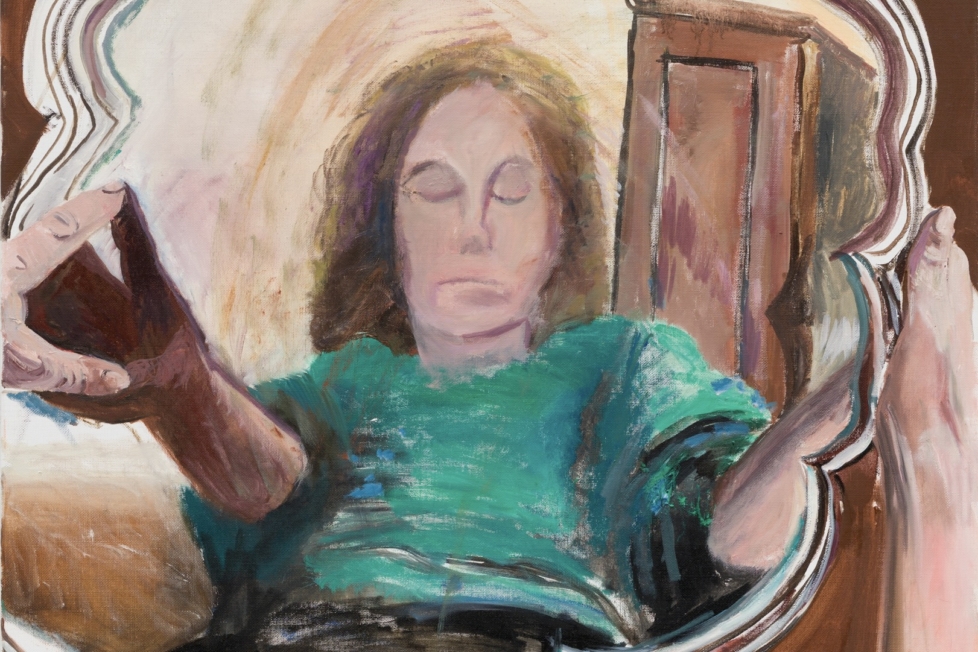
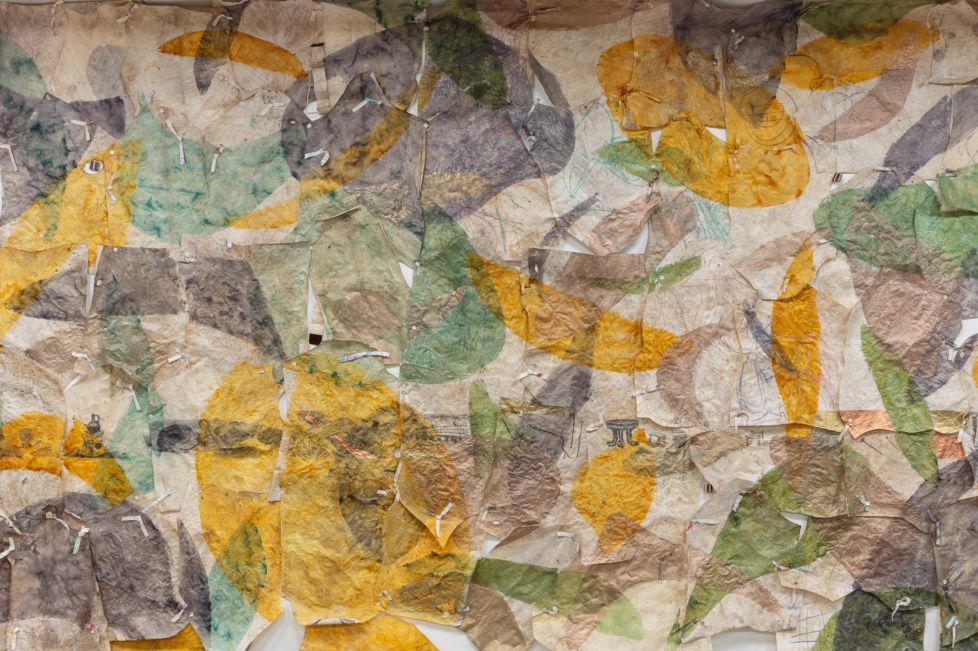
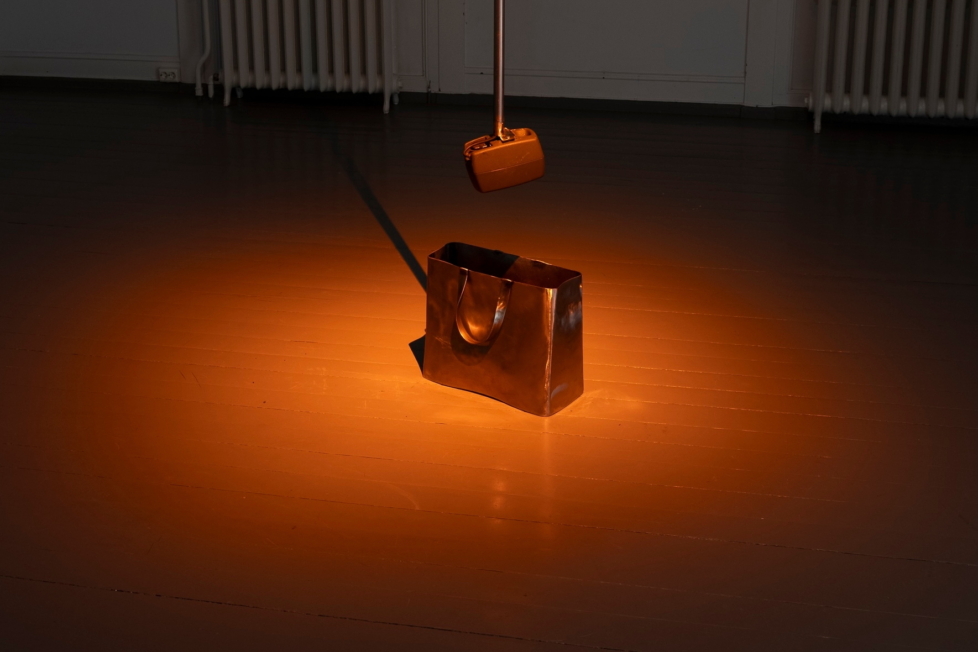
Ja
Han er sur for at han ikke ble valgt inn?
En fagjury skal formes ut fra faglig kompetanse. Majoriteten av Norges befolkning er hvite, så er det i grunnen ikke så rart om en fagjury blir bestående av hvite mennesker. I virkeligheten er dette da et spørsmål om kvotering. Ønsker Kalantary å bli kvotert inn i en komité på grunn av sin etnisitet, eller foretrekker han å bli valgt inn på faglig grunnlag? Jeg tror han velger sistnevnte. Ville han reagert på en tilsvarende komite i Japan eller Kina? Nasjonalisme finnes i de fleste land og kan selvfølgelig bekjempes av landes egen befolkning, uansett etnisitet.
’We need some colour up in here.’
hehe
Motbydelig rasistisk brev. Enhver rasisme er motbydelig, og anti-hvit rasisme er ikke noe bedre enn anti-svart.